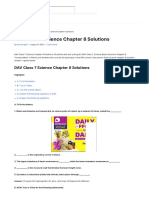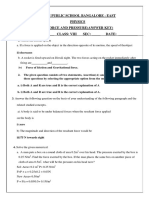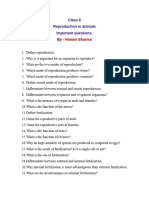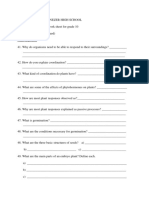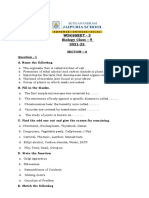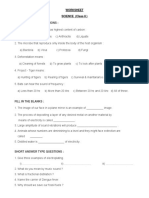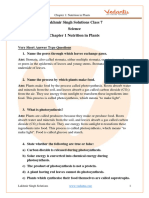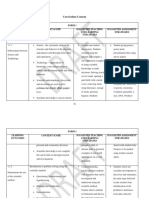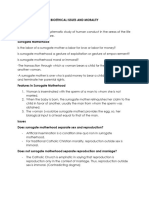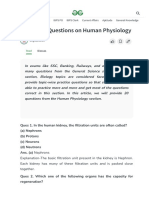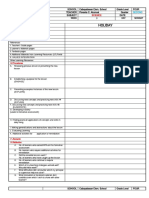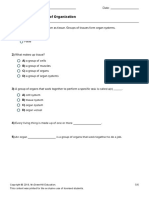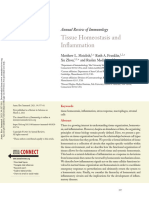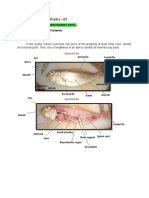0% found this document useful (0 votes)
1K views22 pagesWBBSE Class 9 Life Science Test Paper
The document is a comprehensive test paper for Class 9 Life Science covering various topics such as properties of life, taxonomy, classification of living organisms, and biomolecules. It includes multiple sections with varying question types, including very short answer, short answer, long answer, and application-based questions, totaling 100 marks. The test aims to assess students' understanding of biological concepts and their ability to apply knowledge in practical scenarios.
Uploaded by
avijitdebnathqwer3Copyright
© © All Rights Reserved
We take content rights seriously. If you suspect this is your content, claim it here.
Available Formats
Download as PDF, TXT or read online on Scribd
0% found this document useful (0 votes)
1K views22 pagesWBBSE Class 9 Life Science Test Paper
The document is a comprehensive test paper for Class 9 Life Science covering various topics such as properties of life, taxonomy, classification of living organisms, and biomolecules. It includes multiple sections with varying question types, including very short answer, short answer, long answer, and application-based questions, totaling 100 marks. The test aims to assess students' understanding of biological concepts and their ability to apply knowledge in practical scenarios.
Uploaded by
avijitdebnathqwer3Copyright
© © All Rights Reserved
We take content rights seriously. If you suspect this is your content, claim it here.
Available Formats
Download as PDF, TXT or read online on Scribd
/ 22





